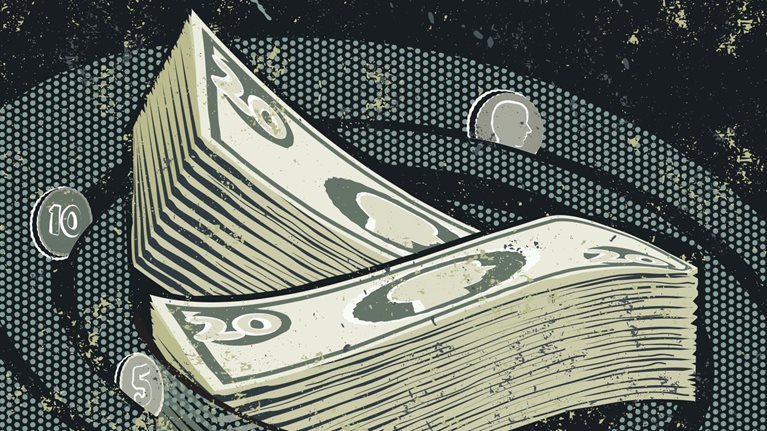Between 2000 and 2007, US households nearly doubled their outstanding debt to $13.8 trillion—an unprecedented amount in both nominal terms and as a ratio of liabilities to disposable income (138 percent). But as the global financial crisis worsened at the end of 2008, a shift occurred: US households for the first time since World War II reduced their debt outstanding.
MGI research shows that the economic impact of further US consumer deleveraging will depend on income growth. If household incomes stagnate, each percentage point reduction in the debt-to-income ratio would require nearly one-percentage-point more personal saving. And each extra point in the saving rate would mean more than $100 billion less spending—a serious potential drag on economic growth. But with rising incomes, households can reduce their debt without having to trim consumption as much.
Any change in US consumer behavior could have profound implications. From 2000 to 2007, personal consumption accounted for 77 percent of real US GDP growth. And the United States has accounted for one-third of the total growth in global private consumption since 1990.
These trends were fueled by rising US household debt and a decline in the personal saving rate to a low of –0.7 percent in 2005. As consumer spending has plunged in recent months, the saving rate has rebounded, reaching 5 percent in January 2009.
If consumers continue to reduce their debt, the effect on consumption will depend on income growth. For example, if incomes grow by 2 percent per year, households could reduce their debt-to-income ratio by five percentage points with a saving rate of just 2.3 percent. This would require $254 billion less spending per year. Without income growth, the same reduction in leverage would require more than twice as much saving, or $535 billion less consumption.


